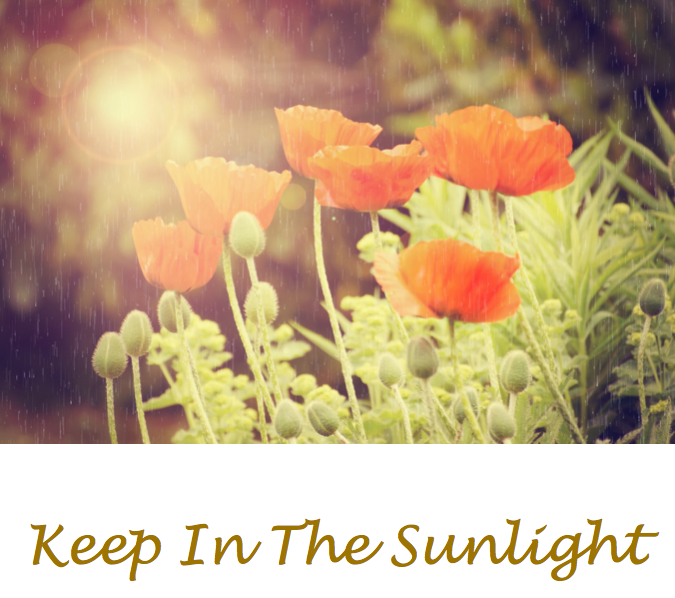Love, Stargirl (2007) by Jerry Spinelli
This sequel to Jerry Spinelli’s award-winning, Stargirl, follows the free-thinking, homeschooled teen on her adventures in a new town. The book is written in a diary/letter format by date, and chronicles a year of Stargirl’s life. She befriends unlikely people, much like Pollyanna or Amelie, and changes their lives for the better, just by being herself. Stargirl’s spirit and love of life are bound to rub off on the reader, as well.
Here are some activities/thoughts to extend learning based on this book (Spoilers included!):
–Dootsie struggles to understand the concept of April Fool’s jokes. Research the background of this “holiday” and come up with some fun and harmless jokes you might play next April 1st.
–This book is written as a long letter to Leo, but it manages to tell the story of Stargirl in the process. Write an extended letter to a friend that helps tell part of your story.
–Betty Lou has a night-blooming cereus in her yard. Research this incredible plant and see if you can find a cutting of one to start your own cereus.
–Research the Northern Mockingbird and its eating habits.
–Stargirl’s town hosts an annual “Blobfest.” Research this 1950s movie and, if you’re feeling ‘brave,’ rent it too. Based on this information, do some Internet research to see if you can figure out the town this book is based on.
–Stargirl practices meditation. Find someone who practices meditating and ask him/her about it. People meditate in very different ways. Read about some of them, and then give it a try for yourself.
–Stargirl’s dad is a milkman. Although this seems like an old-fashioned concept, there are still milk deliveries to this day. Research the history of milk deliveries, the modes of transportation used, milk chutes, and what types of products were/are delivered. Why would milk delivery make more sense than buying it from the store?
–Margie’s Donut shop is featured throughout the book. Have you ever tried making your own donuts? Look up a recipe, and give it a try!
–Alvina and Dootsie become like little sisters to Stargirl. The Big Brother/Big Sister organization actually has a program that matches teenagers or adults with “little” brothers or sisters. Contact your local chapter to find out if it is something you’d be interested in.
–When Stargirl sees Perry in the library, he is reading “Ondine.” Read this play and think about why Spinelli may have chosen this to include in the book.
–Research the equinoxes and solstices. Do they always occur on the same dates? Think about Stargirl’s relationship with the passage of time and why it seems appropriate that her solstice calendar is important to her but clocks are not.
–Create your own solstice calendar, or, at least, hold a celebration for one.
–What do you think Enchanted Hill looked like? Draw a picture that shows the calendar or the celebration.
–Betty Lou is afraid to go out of her house. What is the name for this fear? Research the causes of this phobia and how it might be overcome.




